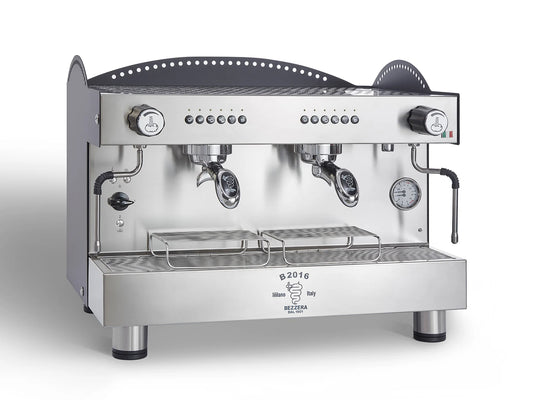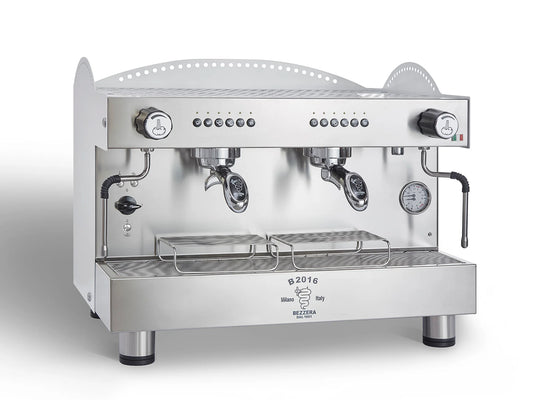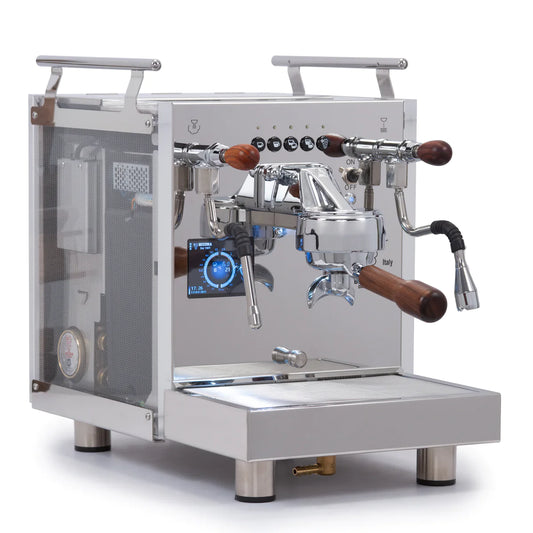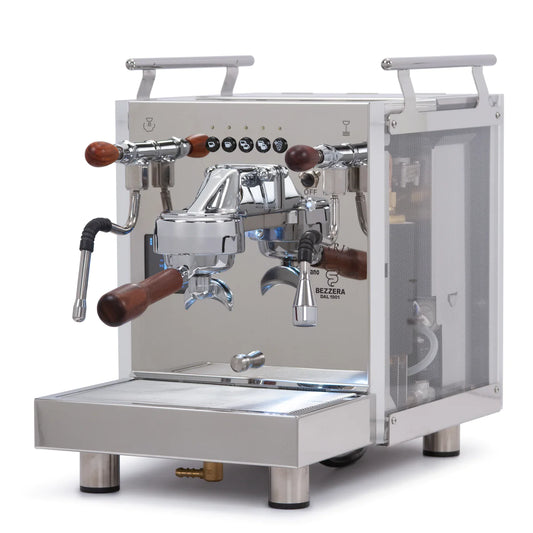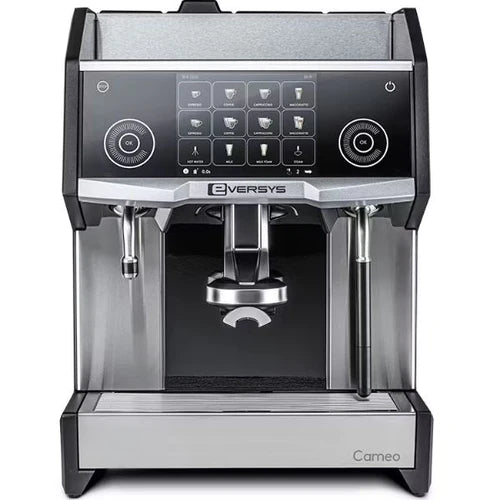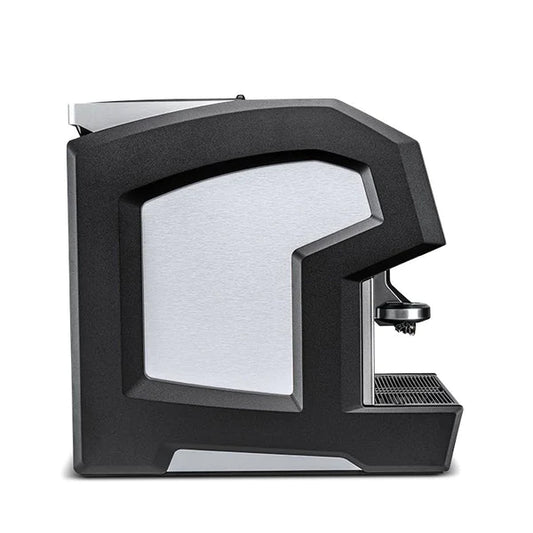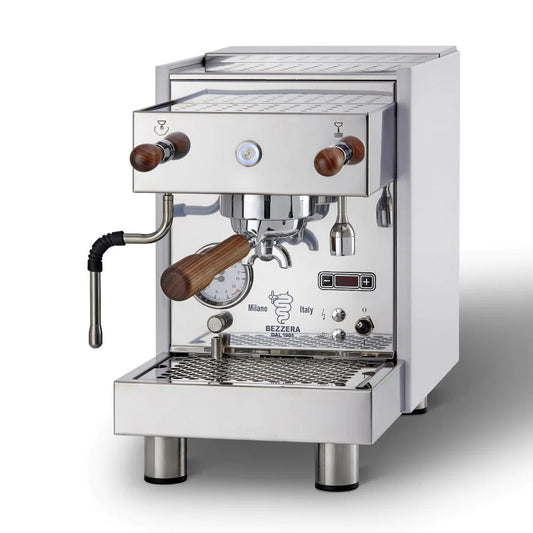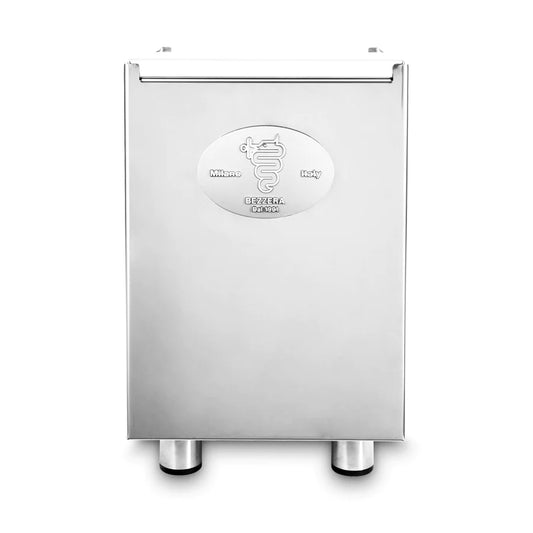The Fascinating Etymology and Evolution of Coffee Names
Table of Contents
- Key Highlights:
- Introduction
- The Birth of Espresso: A Revolutionary Brew
- Exploring Doppio: The Double Delight
- The Art of Lunga: Stretching for Flavor
- Ristretto: A Taste of Restrained Coffee
- The Sweet Experience of Mocha
- Cappuccino: Monastic Inspirations
- Latte: The Milk in the Coffee Journey
- Delving into Macchiato: Stains of Flavor
- Spanish Influence: Cortado and Americano
- The After-Dinner Coffee Experience
- The Language of Coffee and Culture
Key Highlights:
- The names of various coffee beverages reflect their historical origins and cultural influences, especially from Italy.
- Terms like "espresso," "cappuccino," and "mocha" tell a story that intertwines geography, trade, and culinary innovation.
- The evolution of coffee terminology mirrors changes in technology and tastes throughout history, illustrating the beverage's global significance.
Introduction
Coffee is more than a morning ritual; it's a cultural cornerstone woven into the fabric of society across various nations. The intricate menu at your local coffee house showcases a diversity of beverages, each with a unique name that often hints at its history or ingredients. From the robust espresso to the creamy cappuccino, these names—many of which are borrowed from Italian—carry with them stories of invention, exploration, and evolving tastes. Understanding the etymology of these popular coffee drinks reveals how language, culture, and the love of coffee have melded over time.
The Birth of Espresso: A Revolutionary Brew
The narrative of espresso starts back in the late 19th century, a time when the burgeoning coffee trade demanded efficiency. The word "espresso" was adopted by English speakers in the 1930s, but its roots can be traced to much earlier innovations. In the 1880s, Angelo Moriondo patented a coffee maker that used both hot water and steam to brew coffee faster—though it produced entire pots rather than individual servings. This was the dawning of the espresso machine, evolving into a device that could serve coffee quickly and efficiently.
At its core, "espresso" stems from the Italian term that means "to press out," relating to the process of pushing hot water through finely-ground coffee under high pressure. This method created a richer flavor and concentrated caffeine kick, laying the foundation for the modern coffee culture we enjoy today. The espresso is more than just a drink; it is a primal force from which a multitude of other coffee beverages spring.
Exploring Doppio: The Double Delight
From the robust origins of espresso emerges the doppio, which directly translates from Italian as “double.” A doppio is simply two shots of espresso, providing an extra jolt of caffeine and flavor. This drink highlights the growing appreciation for espresso and sets the stage for various interpretations and additions as coffee enthusiasts look to tailor their experiences further.
The Art of Lunga: Stretching for Flavor
Contrasting the doppio, the lungo—Italian for “long”—offers a different experience. This beverage is created by pushing more water through the espresso grounds, resulting in a larger yet slightly diluted shot of coffee. Essentially, it provides a way to enjoy the rich flavors of coffee while also catering to those who prefer a milder taste. The linguistic nuances of “lungo” speak to the dialogue between preparation methods and consumer preferences that have pervaded coffee culture over the years.
Ristretto: A Taste of Restrained Coffee
In stark contrast to the lungo, the ristretto is the embodiment of restraint. Derived from the Latin word "restringere," the term means "restricted" or "bound." Producing a ristretto entails using the same amount of coffee grounds as an espresso but with less water, yielding a smaller, denser shot packed with a more intense flavor. This drink not only caters to those looking for a concentrated coffee experience but also represents how different brewing techniques can alter the essence of coffee.
The Sweet Experience of Mocha
The term "mocha," today synonymous with coffee and chocolate, has a rich historical background. In the 1700s, the word referred to a specific type of coffee harvested from Mokha, a port city in Yemen known for its high-quality beans. This origin allows us to reflect on how luxury and availability interplay; as chocolate became more widely accessible, it was only natural for it to merge with the coveted mocha coffee. The practice of combining coffee and chocolate likely evolved among the upper classes, ultimately leading to the popular mocha beverages of today.
Cappuccino: Monastic Inspirations
Cappuccino brings a historical twist to the coffee scene with roots that trace back to the 1700s, predating the espresso machine. Initially, it was merely coffee augmented with sugar and cream, reflecting the lighter brown of the Capuchin monk's robes. The word delivers an insight into how societal elements, such as the color of clothing worn by monks, could influence culinary naming conventions. The modern cappuccino, consisting of equal parts espresso, steamed milk, and foam, showcases how traditional recipes can evolve while retaining historical connections.
Latte: The Milk in the Coffee Journey
The latte, or "caffè latte" meaning "milk coffee," underscores the marriage of espresso and steamed milk. Italian in origin, the word itself is derived from "latte," meaning milk, and the beverage typically consists of a single shot of espresso mixed with a generous amount of steamed milk. With the careful crafting of layers, lattes have become synonymous with both comfort and artistry—a canvas for barista creativity.
Delving into Macchiato: Stains of Flavor
The macchiato, meaning “stained” in Italian, showcases a uniquely minimalistic approach to coffee. A traditional caffè macchiato consists of two components: espresso and a dollop of milk foam creating a “stained” effect on the dark beverage. In recent years, the introduction of the latte macchiato has juxtaposed the original by layering milk first and pouring espresso over it. This evolution illustrates how taste preferences and marketing strategies can reshape familiar beverages.
Spanish Influence: Cortado and Americano
While many coffee names come from Italian, the cortado stands out as a Spanish contribution. Derived from the verb "cortar," meaning "to cut," a cortado balances equal parts espresso and steamed milk to soften the coffee's bitterness while maintaining its intense flavor.
The americano, also a Spanish term, was originally perceived as a derogatory reference to American preferences for diluted coffee. It involves adding hot water to espresso, thereby creating a milder flavor profile that caters to those accustomed to drip coffee. The americano's backstory further serves to illustrate the cultural implications of coffee consumption and its connection with identity.
The After-Dinner Coffee Experience
Coffee has long been paired with dessert, enhancing the culinary experience after a meal. The term affogato, meaning “drowned” in Italian, describes a delightful dessert made by pouring hot espresso over a scoop of ice cream or gelato. This decadent combination has gained popularity, solidifying coffee's place not just as a beverage but as an integral part of the dining experience.
Another after-dinner option, known as corretto, means “corrected” in Italian. Typically an espresso spiked with a splash of liquor such as grappa or sambuca, it encapsulates the fusion of coffee and alcohol. Historically, such practices can be traced back to the early-20th century when increased tariffs on coffee prompted inventiveness, resulting in blended beverages that satisfied consumer cravings for both coffee and a touch of indulgence.
The Language of Coffee and Culture
The etymology of coffee names reflects a rich tapestry of cultural influences, reflecting the beverage's journey through history. Each term opens windows into not just culinary practices but also societal norms, trade dynamics, and personal preferences influencing how coffee is consumed today.
As coffee continues to grow in popularity worldwide, new interpretations and names are likely to emerge. The language surrounding coffee serves as a reminder of the beverage's global significance—a narrative comprised of countless stories that travelers, traders, and innovators have shaped over time.
FAQ
What is the difference between espresso and coffee?
Espresso is brewed by forcing hot water through finely-ground coffee under high pressure, creating a concentrated beverage. Regular coffee, often made through drip or pour-over methods, typically involves larger grounds and requires a longer brewing time, resulting in a milder drink.
Why are so many coffee names Italian?
Italy has a rich coffee culture and was instrumental in developing espresso machines and coffee brewing techniques. As coffee became popular globally, Italian names and terms were adopted to describe various styles and preparations.
What’s the significance of "mocha"?
Mocha refers to a specific type of coffee from Yemen and has evolved to signify a drink combining coffee and chocolate. Its name illustrates the luxury associated with the original beans and the pairing of coffee with rich flavors.
Can the names of coffee drinks influence how they are perceived?
Yes, the name and presentation of a coffee drink can significantly impact customer perception and desirability. For example, terms that evoke elegance or sophistication may attract a higher-end clientele.
How do coffee names reflect cultural influences?
Coffee terminology often reflects the historical and cultural context in which it developed, including language, culinary traditions, and societal norms. This rich background contributes to the character and appeal of different coffee beverages.

